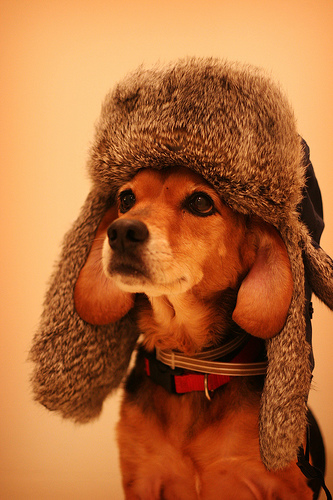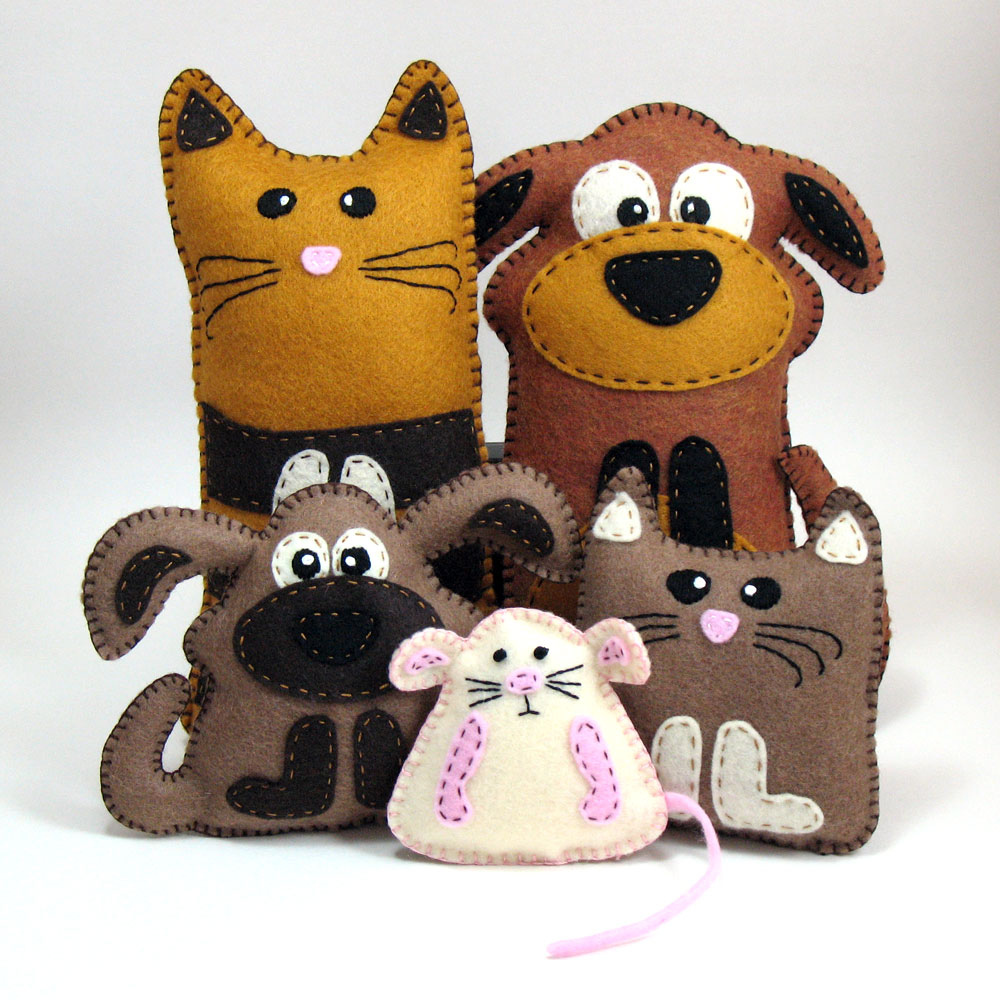
It’s winter in parts of the world and Mother Nature has made this winter one of the worst. We may say that every winter – perhaps we just feel more uncomfortable as we get older.
While some dogs and even some cats have heavy, thick coats, they do not have sufficient protection from harsh winds, below freezing temperatures, ice and snow. Older pets and puppies and kittens are not able to withstand the cold. Pets with health-related problems should not be outdoors for long. All pets should definitely be kept indoors in frigid weather.
There are some breeds of dogs that are equipped to withstand icy winters and even prefer to be outdoors. But even these dogs need some protection. And even these dogs prefer the comfort of heated homes. Keep in mind that wet fur loses its ability to insulate. Dogs that prefer to be outside should have a dog house for protection. Place the house where it will be protected from the wind. It should be waterproof, have a sloping roof and should not sit directly on the ground. There are even doghouses that provide heating. Any heating source should be made specifically for animals to avoid accidents. You can also provide a place in your garage (make sure there’s no anti-freeze around) or a shed to shelter your pet. Make sure your dog has fresh water available and check to be sure it isn’t frozen.
Dogs should NEVER be left unattended in cars in winter as well as summer and the rest of the year. Cars heat up and cool down quickly. If a car is left running, there’s a danger of carbon monoxide poisoning.
You can provide a litter box for your cat and keep it indoors. Cats are more vulnerable to cold weather and are safer inside in all circumstances. You can offer feral cats some type of shelter, a dog house, your garage, a shed or even a cardboard box placed in spot away from wind. Cats seek warmth in the engine of a car, so bang on the hood of your car before starting it.
Dogs need to go outside to potty. Try to keep these outdoor trips to a minimum and shorten the time spent outdoors. If there is ice and snow on the ground, try digging out an area where your dog can go potty easily without injury to his paws.
There is clothing available for pets to protect them from cold and wet. Wool sweaters and jackets can provide some protection from the cold. Waterproof raincoats, some lined for warmth, can help keep your dog relatively dry while outdoors. Coats should cover the dog from neck to the base of the tail and chest and belly. Since dog’s temperatures are regulated through the soles of their paws (and tongues), booties made especially for them will help against the cold and also protect their paws from ice and products like salt used to melt ice. Make sure the booties are not too tight and will cut off circulation. When walking your dog on dark days, you should both wear reflective clothing to keep safe.
When it snows, watch out for snow on buildings and trees that might melt and land on top of your dog. Snowballs can form on a dog’s hair (especially on long-haired ones) and be painful to walk on. If your dog will tolerate it, you can melt them with a hairdryer. Be aware that snow drifts may create an escape route from your garden.
There are things you can do indoors to make your pet more comfortable. A pet pillow or a pet bed provides protection from the cold floor. Likewise mats and/or rugs and carpeting. My dogs prefer sleeping on the couches even though they have beds. I’m a softy and I allow it.
Check with your vet about increasing your pet’s food during the winter months. The extra calories will help keep your pet warm. Just don’t let your pet get too pudgy.
If you suspect your dog or cat is suffering from the cold (frostbite, hypothermia) contact your vet immediately.
Signs of hypothermia can be violent shivering, lethargy, weak pulse, breathing problems, inappetance, temperature of less than 98 degrees Fahrenheit. Wrap your pet in a warm blanket or coat. Give 4 teaspoons of honey or sugar in warm water. If your pet won’t swallow, wet gums with 1-2 teaspoons of corn syrup. Place towel-wrapped hot water bottles on abdomen or chest and armpits. Call your vet.
Signs of frostbite are pale grey or blue skin turning red and puffy later, pain in ears, tail or paws when touched, skin remains cold, shriveled skin. Apply warm, not hot, water for at least 20 minutes. Don’t rub or massage. Call your vet immediately.
In both hypothermia and frostbite, Do Not use hair dryers, heating pads or electric blankets.
And a cuddle with your pet will keep you both warm.
If you see someone’s pet being left outside in frigid temperatures, please report it to the police and/or animal control in your area. Leaving a pet outdoors in inclement weather is a crime.
Note: If you keep other pets in outdoor cages, like rabbits, ferrets, etc., make sure they are protected from the elements. Consider bringing them indoors during the coldest time of winter. All pets should be kept indoors during frigid times.
Related articles:



